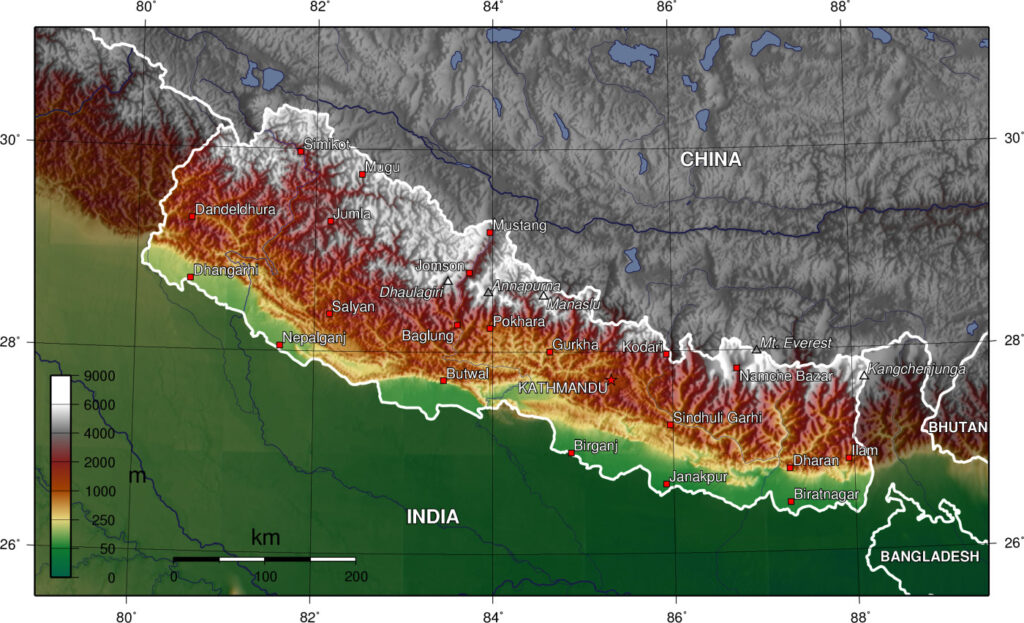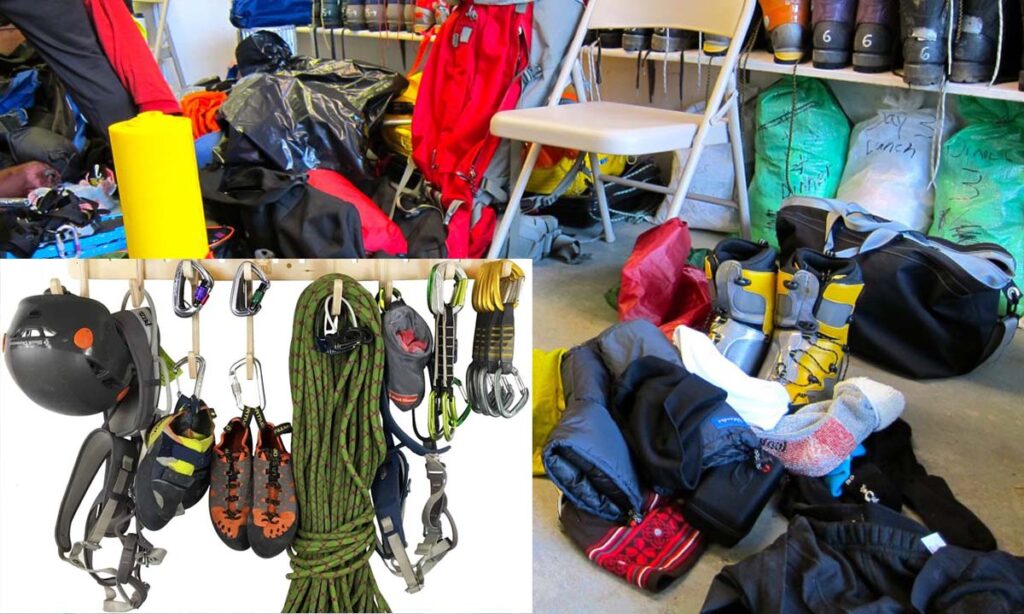When it comes to epic adventures, mountain climbing in Nepal is right at the top of the list. Home to eight of the world’s fourteen highest peaks, including Mount Everest, this Himalayan nation attracts thousands of climbers each year. But while the thrill is unmatched, the dangers are real. Safety isn’t just an option here—it’s your lifeline.
Table of Contents
Understanding Nepal’s Mountain Terrain

Nepal’s geography is as stunning as it is challenging. The Himalayas are a dramatic mix of icy peaks, deep valleys, and unpredictable weather. Popular climbing destinations include Everest, Annapurna, Manaslu, and Island Peak. Each mountain offers unique challenges, from technical rock faces to high-altitude glacier crossings.
But remember, the beauty of Nepal’s peaks comes with seasonal hazards. Spring (March–May) and autumn (September–November) are the best climbing windows. Outside these months, heavy snowfall, avalanches, and extreme cold make climbing highly risky.
Preparing for Your Mountain Climb
Climbing in Nepal is not a spontaneous adventure—it requires months of preparation.
- Physical fitness: Build endurance, strength, and stamina. Focus on cardio and muscle conditioning.
- Mental preparation: Stay calm under pressure and adapt to sudden changes.
- Pre-climb training: Practice on smaller mountains or indoor climbing walls before heading to Nepal.
Think of it like preparing for a marathon—you wouldn’t just show up at the starting line without training, right?
Essential Safety Guidelines
One golden rule: never underestimate the mountains.
- Acclimatization: Take rest days at various altitudes to prevent altitude sickness.
- Hydration and nutrition: Drink plenty of water and eat energy-rich foods.
- Altitude awareness: Know the symptoms of Acute Mountain Sickness (AMS)—headaches, nausea, fatigue. Early detection can save lives.
Equipment and Gear

Having the appropriate equipment can make the difference between survival and success.
- Climbing gear: Harnesses, ropes, carabiners, crampons, and helmets.
- Clothing: Layering is key—base, insulating, and outer waterproof layers.
- Emergency tools: Satellite phones, GPS trackers, headlamps, and portable oxygen if climbing high-altitude peaks.
Choosing the Right Guide and Agency
A trustworthy guide serves as your safety net in addition to being a leader. Always pick a professional guide and a licensed trekking agency. Foreign climbers are significantly less familiar with the terrain, weather, and rescue procedures than local specialists. Verify reviews, get credentials, and stay away from unlicensed, low-cost operators.
Permits and Legal Regulations
Nepal requires climbing permits for most peaks. These vary depending on the mountain’s height and location. You’ll also need travel insurance that covers high-altitude climbing and emergency evacuations. And don’t forget—many mountains are within conservation areas, so follow the rules to protect both nature and culture.
Weather and Seasonal Safety
Spring and autumn offer stable conditions. The monsoon (June–August) brings heavy rain, making trails slippery and prone to landslides. Winter (December–February) is brutally cold with frequent snowstorms. Always check forecasts before your climb—mountains create their own weather systems that can shift in minutes.
Health and Medical Safety
Your health is your biggest asset.
- Vaccinations: Ensure you’re protected against common diseases.
- First aid kits: Include medications for AMS, antibiotics, and pain relievers.
- Emergency evacuation: Know the nearest rescue stations and how helicopter evacuations work.
On the Mountain: Safe Practices
Safety continues once you start climbing.
- Pacing: Don’t rush; slow and steady wins in the Himalayas.
- Rope management: Always double-check knots and harnesses.
- Camping safety: Choose stable ground, avoid avalanche zones, and secure tents against strong winds.
Common Hazards and How to Avoid Them
- Avalanches and rockfalls: Listen to guides and avoid high-risk areas.
- Frostbite and hypothermia: Keep extremities covered and dry.
- Dehydration and exhaustion: Rest often and stay fueled.
Sustainable and Responsible Climbing
Climbing isn’t just about reaching the top; it’s about respecting the mountains. Follow Leave No Trace principles, respect local Sherpa traditions, and minimize waste. The Himalayas are sacred—don’t leave behind plastic or damage trails.
Emergency Protocols
Emergencies can happen in seconds. Learn how to call for help via satellite phone or radio, and know evacuation procedures. Helicopters are often the only lifeline in remote areas. Most importantly, keep calm and follow your guide’s instructions.
Stories and Lessons from Experienced Climbers
Every climber has a story. Many stress that teamwork and resilience are what make or break an expedition. Some recount how listening to their body and turning back saved their lives—proving that reaching home safely is more important than reaching the summit.
Also visit:
The Best Beaches in Florida for Photographers
The Best Beaches in Florida for Bird Watching
The Best Beaches in Florida for Fishing Adventures
The Best Beaches in Florida for Nightlife and Entertainment
Conclusion
Mountain climbing in Nepal is a dream for adventurers worldwide. The peaks are breathtaking, but the risks are real. With the right preparation, gear, guides, and mindset, you can turn this once-in-a-lifetime experience into a safe and successful journey. Remember—the mountains will always be there. Climb smart, stay safe, and respect the Himalayas.




